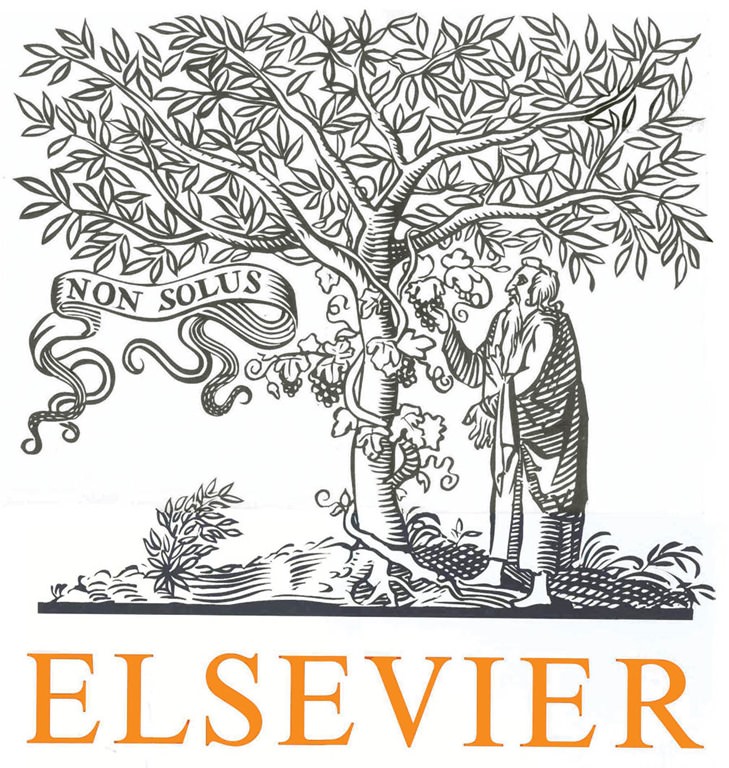4.3. Models and methods
At this point, I discuss developments in what I call “marketing science-type models”; in Section 6, I will shift focus to “implementable marketing decision models.” These marketing science-type models fit the narrow interpretation of marketing science, which refers to qualitative and analytical approaches. Early model building in marketing started by applying organizational (OR) and marketing science (MS) methods to a marketing framework. Less well known is that early demand equations were based on an economic theory of customer behavior. For example, specification of the relationship between demand and price in markets with imperfect competition was developed by Verdoorn (1960). The demand function is a structural equation that demonstrates the expansion effect and substitution effect, derived from a collapsible CES-type utility function. Other models with approximately the same structure appear in Armington (1969) and Verdoorn and Schwartz (1972). The modeling of optimal marketing behavior in different types of oligopolistic markets (Lambin, Naert, & Bultez, 1975), which simultaneously consider demand and supply relationships, offers another example of early research based on economic theory. This fundamental approach has been worked out in greater detail and in different directions by Plat and Leeflang (1988), Leeflang and Wittink (1992, 1996, 2001), and Horvath, Leeflang,Wieringa, andWittink (2005). Thus, a current revival seems to emphasize models based on economic theory (e.g., structural models; Chintagunta, Erdem, Rossi, & Wedel, 2006). Early model building paid substantial attention to stochastic customer behavior models, such as Markov (Leeflang, 1974; Leeflang & Koerts, 1974), learning (Leeflang & Boonstra, 1982; Lilien, 1974a, 1974b; Wierenga, 1974, 1978), Bernoulli (Wierenga, 1974) and purchase incidence models, including Poisson-type purchase models (Ehrenberg, 1959, 1972). Thus, another recent revival centers on stochastic customer behavior models that modify Markov models (e.g., hidden Markov models; Netzer, Lattin, & Srinivasan, 2008) and the frequent use of Poisson processes (Van Nierop et al., fortcoming).








